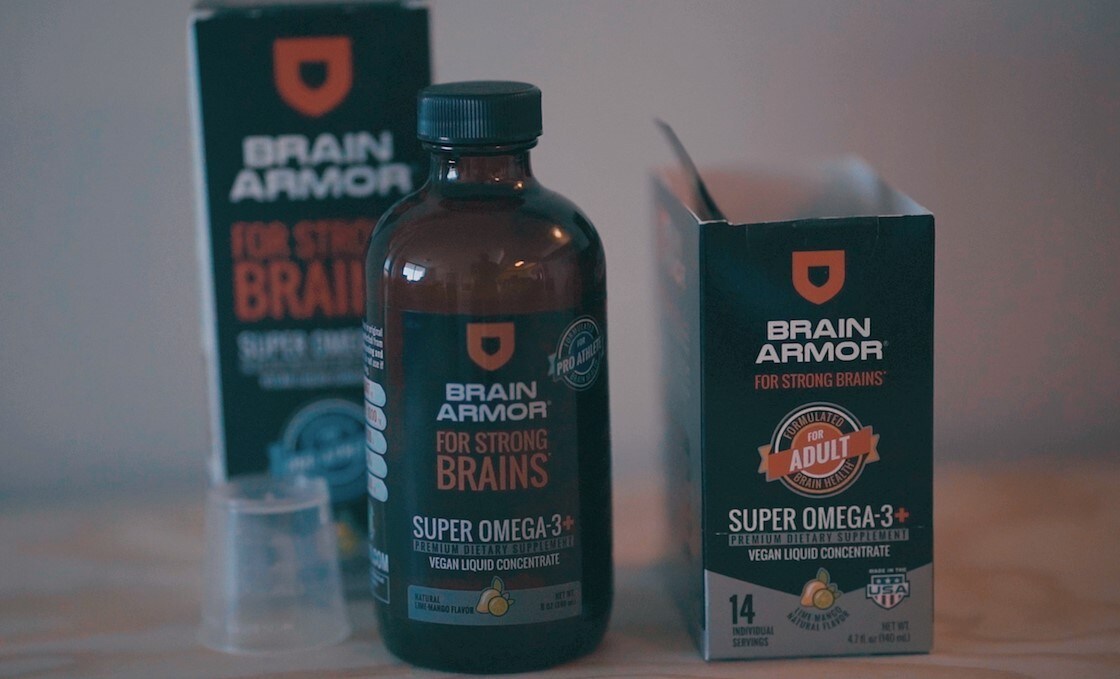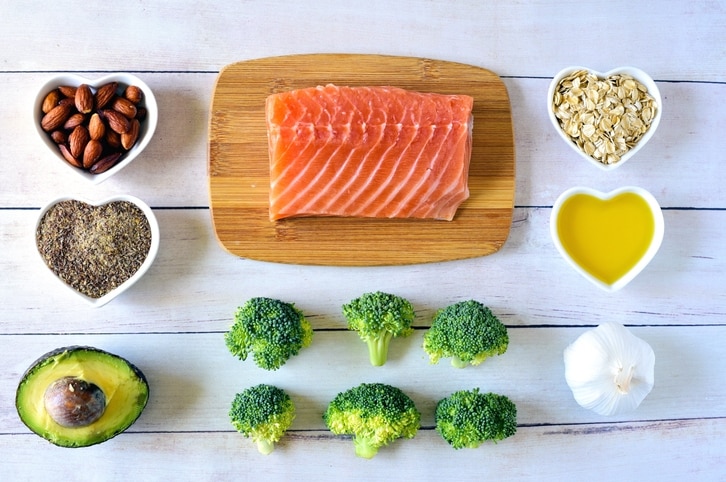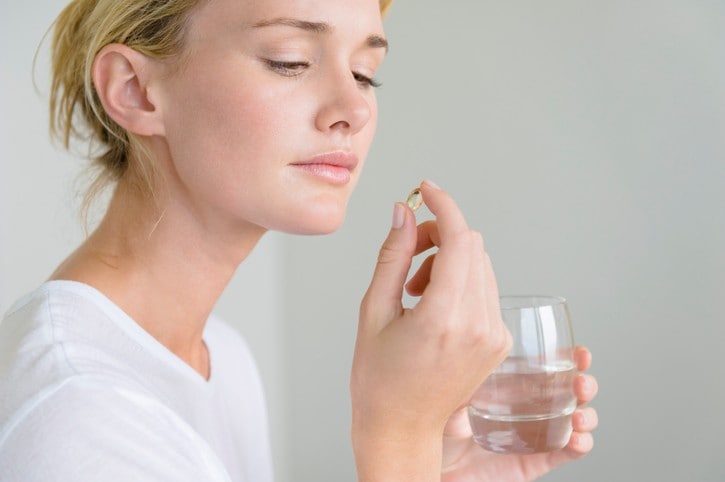Alassane S, Binquet C, Cottet V, et al: Relationships of macular pigment optical density with plasma lutein, zeaxanthin, and diet in an elderly population. Investigative Ophthalmology and Vision Science 2016;57:1160-1167.
Arnold C, Winter L, Frohlich K, et al: Macular xanthophylls and omega-3 long-chain polyunsaturated fatty acids in age-related macular degeneration. Journal of the American Medical Association: Ophthalmology 2013;March 21:1-9.
Aslam T, Delcourt C, Silva R, et al: Micronutrients in age-related macular degeneration. Ophthalmologica 2013;229:75-79.
Bovier E, Lewis R, Hammond B: The relationship between lutein and zeaxanthin status and body fat. Nutrients 2013;5:750-575.
Chiu C, Change M, Zhang F, et al: The relationship of major American dietary patterns to age-related macular degeneration. American Journal of Ophthalmology 2014;158:118-127.
Cohen S, Mauget-Faysse M, Oubraham H, et al: Impact of eating habits on macular pathology assessed by macular pigment optical density measure. Journal of French Ophthalmology 2010;33:234-240.
Cui Y, Jing C, Pan H: Association of blood antioxidants and vitamins with risk of age-related cataract. American Journal of Clinical Nutrition 2013;July 10th.
Dawczynski J, Jentsch S, Schweitzer D, et al: Long term effects of lutein, zeaxanthin and omega-3-LCPUFAs supplementation on optical density of macular pigment in AMD patients: The LUTEGA study. Archives of Clinical and Experimental Ophthalmology 2013;251:2711-2723. (Excellent reference list as well!)
Garcia-Layana A, Recalde S, Alaman A, et al: Effects of lutein and docosahexaenoic acid supplementation on macular pigment optical density in a randomized controlled trial. Nutrients 2013;5:543-551.
Gopinath B, Flood V, Wang J, et al: Lower dairy products and calcium intake is associated with adverse retinal vascular changes in older adults. Nutrition, Metabolism, and Cardiovascular Disease 2014;24:155-161.
Johnson E: A possible role of lutein and zeaxanthin in cognitive function in the elderly. American Journal of Clinical Nutrition 2012;96:1161S-1165S.
Johnson E, Maras J, Rasmussen H, et al: Intake of lutein and zeaxanthin differ with age, sex, and ethnicity. Journal of the American Dietetic Association 2010;110:1357-1362.
Johnson E, McDonald K, Caldarella S, et al: Cognitive findings of an exploratory trial of docosahexaenoic acid and lutein supplementation in older women. Nutritional Neuroscience 2008;11:75-83.
Johnson E, Vishwanathan R, Johnson M, et al: Relationship between serum and brain carotenoids, alpha tocopherol, and retinol concentrations and cognitive performance in the oldest old from the Georgia Centenarian Study. Journal of Aging Research 2013;2013:951786.
Loskutova E, Nolan J, Howard A, et al: Macular pigment and its contribution to vision. Nutrients 2013;5:1962-1969.
Marshall L, Roach J: Prevention and treatment of age-related macular degeneration. The Consultant Pharmacists 2013;28:723-737.
Liu R, Wang T, Zhang B, et al: Lutein and zeaxanthin supplementation and association with visual function in age-related macular degeneration. Investigative Ophthalmology and Visual Science 2014; December 16.
Murray I, Makridaki M, van der Veen R, et al: Lutein supplementation over a one-year period in early AMD might have a mild beneficial effect on visual acuity. Investigative Ophthalmology and Visual Science 2013;54:1781-1788.
Nebeling L, Forman M, Graubard B, et al: Changes in carotenoid intake in the United States: The 1987 and 1992 National Health Interview Surveys. Journal of the American Dietetic Association 1997;97:991-996.
Pastor-Valero M: Fruit and vegetable intake and vitamins C and E are associated with a reduced prevalence of cataracts in a Spanish Mediterranean population. BMC Ophthalmology 2013;13:52. http://www.ncbi.nlm.nih.gov/pubmed/24106773
Pinazo-Duran M, Gomex-Ulla F, Arias L, et al: Do nutritional supplements have a role in age macular degeneration prevention? Journal of Ophthalmology 2014;2014:901686.
Rasmussen H, Johnson E: Nutrients for the aging eye. Clinical Interventions in Aging 2013;8:741-748.
Silvan J, Requero M, de Pascual-Teresa S: A protective effect of anthocyanins and xanthophylls on UVB-induced damage in retinal pigment epithelial cells. Food & Function 2016; 7:1067-1076.
Vishwanathan R, Chung M, Johnson E: A systematic review on zinc for the prevention and treatment of age-related macular degeneration. Investigative Ophthalmology & Visual Science 2013;54:3985-3998.
Vishwanathan R, Iannaccone A, Scott T, et al: Macular pigment optimal density is related to cognitive function in older people. Age and Ageing 2014; January 15.
Zhang Y, Jiang W, Xie Z, et al: Vitamin E and risk of age-related cataract. Public Health Nutrition 2015; January 16: 1-11.










